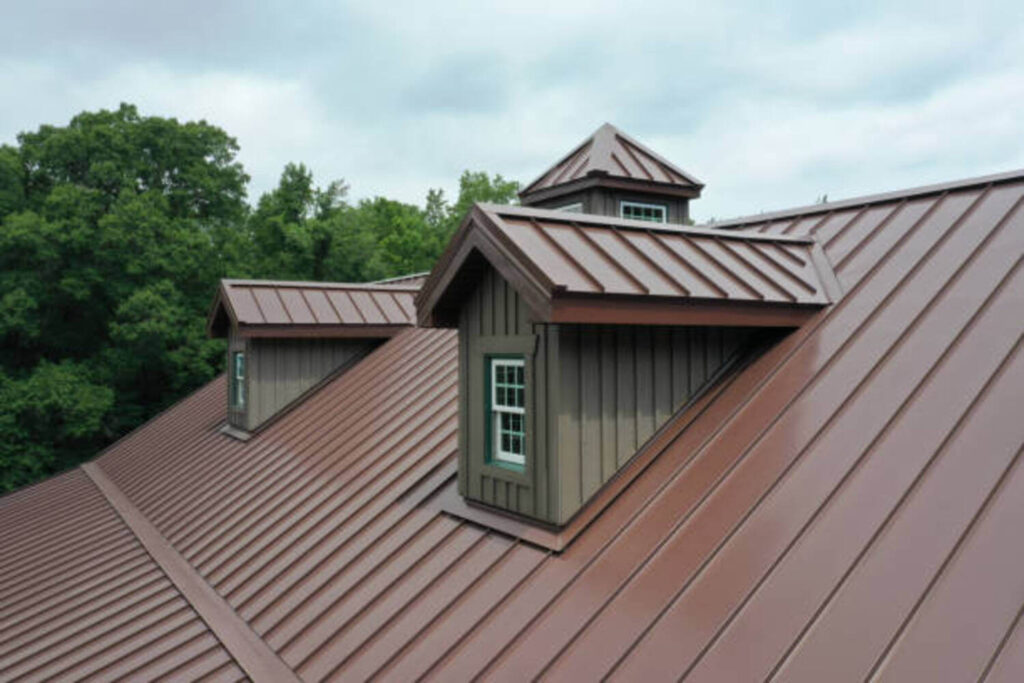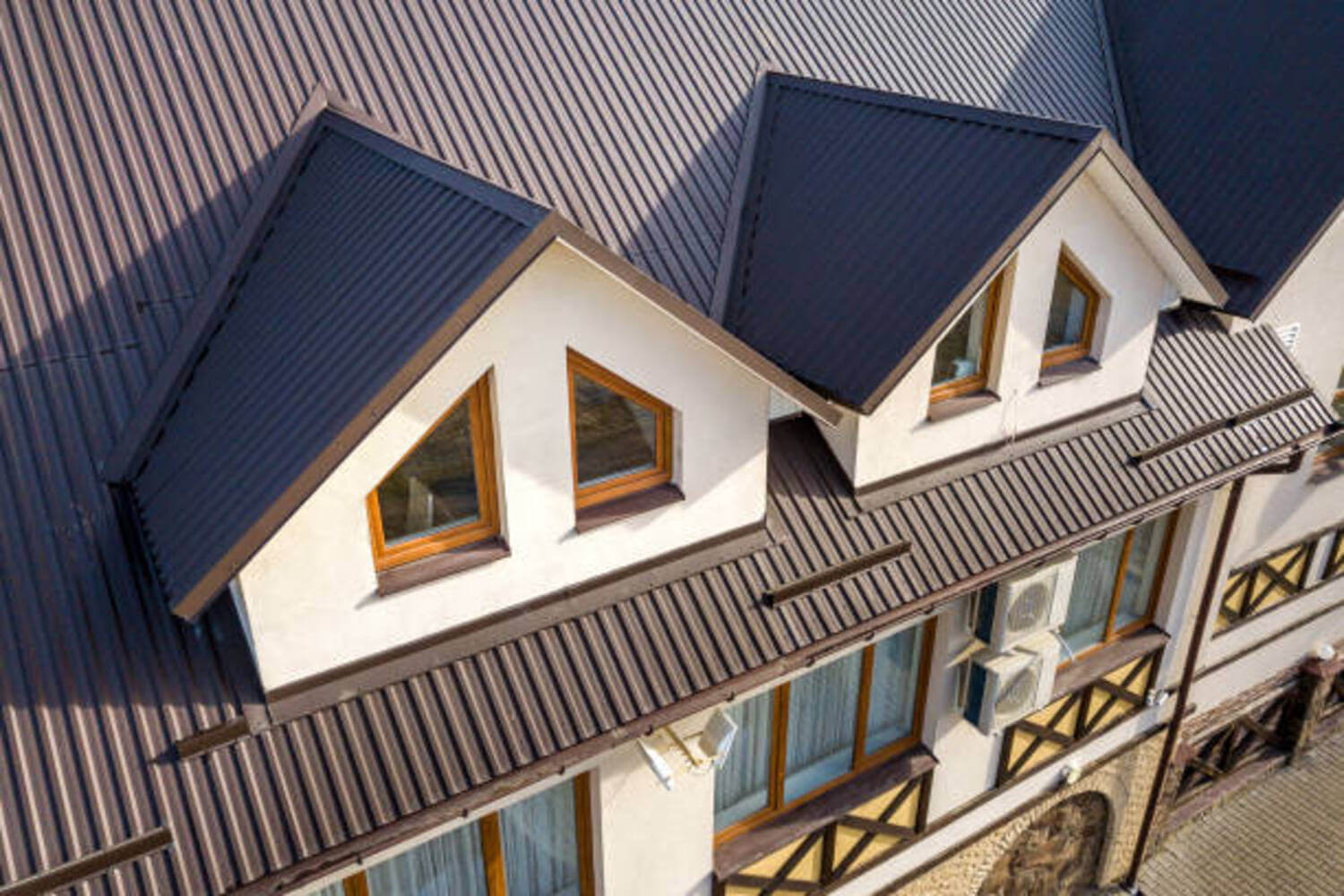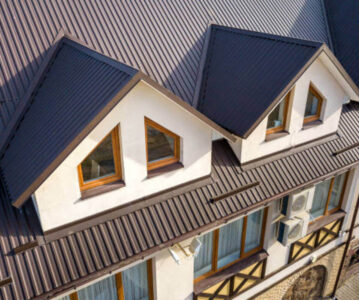Your home’s roof is just as important as the foundation, framework, or exterior and everything in between. It protects you from the weather and helps regulate the temperature inside. A poorly maintained roof can lead to leaks, mold growth, and even a broken ceiling – not good! In this blog post, you’ll learn more about caring for your roof to avoid wallet-breaking problems in the future. Be sure to read until the end!
Seek Professional Advice
Any responsible homeowner should schedule a professional inspection of their roof once per year or as needed. A trained and experienced professional will be able to spot damage that you might not notice, such as:
- Leaks
- Broken or missing shingles
- Worn out flashing
- Damaged or loose roof vents
- Missing tiles, shakes, and other key components of the roof deck.
In addition to spotting these issues, they can also give you sound advice on the next step to take when making repairs.
Inspect Your Roof Regularly
If hiring a roofing expert doesn’t fare with your budget, you can always check it yourself. Like it or not, roofs are one of the first sections to be constantly bombarded by the weather. They’re going to take a beating and will develop problems sooner or later. If you ignore even just a minor issue, it’ll eventually pile up and snowball into even more stressful headaches. The question is: How often should you check your roof? Does regular mean daily? Weekly? Annually? Well, experts suggest that you inspect the top at least once every six months. This way, you get familiar with any potential problems before they escalate into something worse.
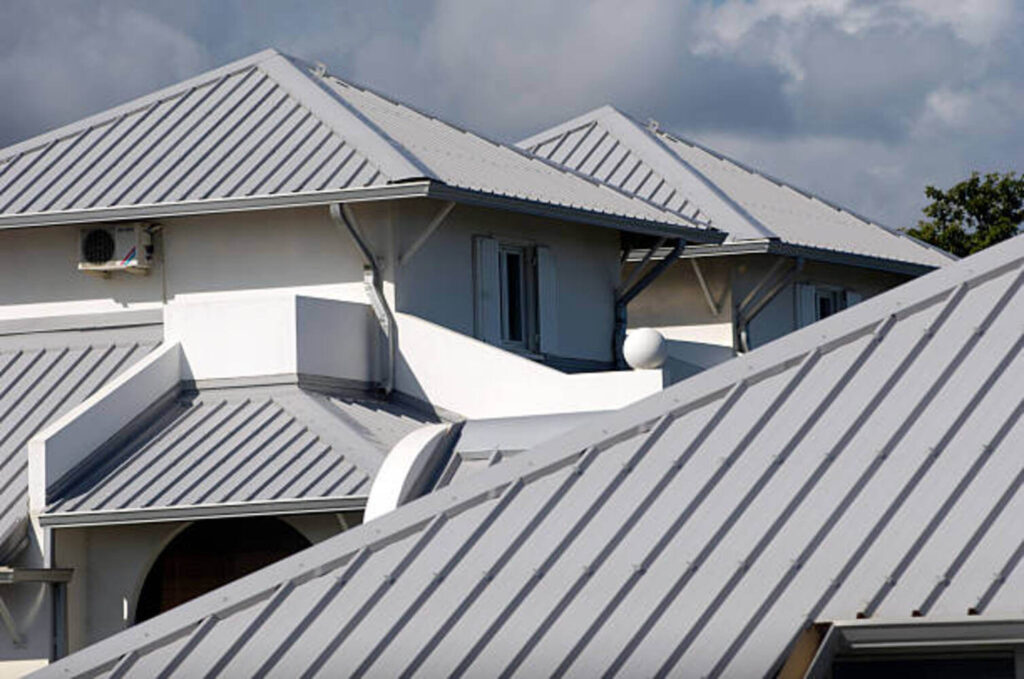
Check For Signs of Water Damage
Leaks are the most common cause of roof damage. Take a look at your shingles for signs of water intrusion. You can do this by inspecting the seams. If they’re starting to curl up or look worn out, there are likely some leaks around that area. Next, make sure there isn’t any standing water on top of your home. This means clearing out any puddles and places where water might accumulate.
Clean The Gutter and Downspouts
Do you know why gutters and downspouts are critical in maintaining roof integrity? The answer has a lot to do with water drainage. If they’re clogged, it will create more pressure on your roofing tiles and damage them over time. What are you waiting for? Please clean them! Use a ladder and have the family help you get up there so that you can clean out all of the gunk from inside your gutters.
Inspect the Flashings
The flashings around your chimney, skylights, and roof edge are all potential areas for water to seep through and cause damage. Make sure you go over every corner carefully to ensure that there isn’t any crack, loose, or missing caulk. If you find a break or signs of deterioration, seal it up with caulk.
Wash Your Roof
This might seem like a simple thing to do, but it can make a huge difference. Yes, it’s easy to reason out, ‘Oh, the rain will surely clean my roof.’ But remember, the rain is just plain water, and it’s not even that pure. You’ll want to dump some water and all-purpose cleaner onto the roof. Next, use a soft scrub brush or old rag to clean off any dirt build-up on your shingles. Make sure you get both sides of them since they tend to trap debris in their nooks and crannies.
Check For Animal Infestations
Raccoons are known for being cute little creatures who like stealing food from people’s homes by tearing through chimneys and roofs. They might even tear away your shingles in search of shelters. Not only that, but your roof is also vulnerable to termite and insect damage.
Trim Branches Overhanging Your Roof
Branches are the bane of a roof’s existence. They tend to get tangled up in your gutters and into the drainage system of your home, causing it to become clogged. Not only that, they can damage the roof if left unchecked over time since their weight will gradually cause shingles to bend or crack from the top down. So while you’re at it, take some time to cut them down.
Know When to Repair and When to Get a New Roof
This is a mistake that many homeowners make. They don’t know when it’s time to call in for repairs and when they should just get a new roof altogether. Shingles can last anywhere from 15-20 years, depending on the type you have installed and the region where your home resides. It may be more cost-efficient to install a new set of shingles instead of wasting money trying to repair an older one with little life left in it. Signs that indicate you need a new roof when you’re experiencing multiple leaks despite fixing the issues.
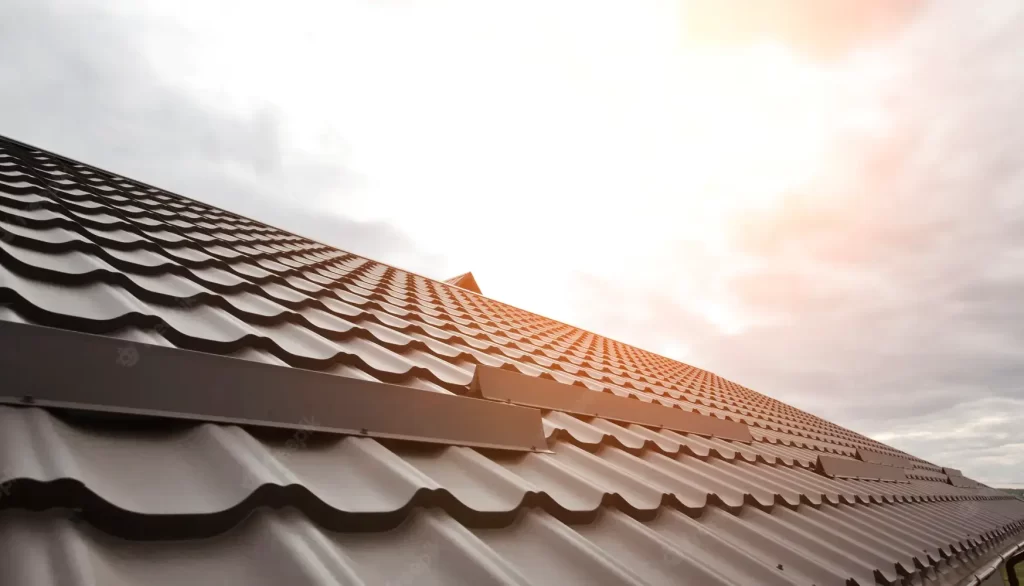
Conclusion
Maintaining your roof’s integrity is crucial to a long-lasting dwelling place. Whether your house is newly built or has been with you for years, make sure to take extra steps to keep your roof in place.
